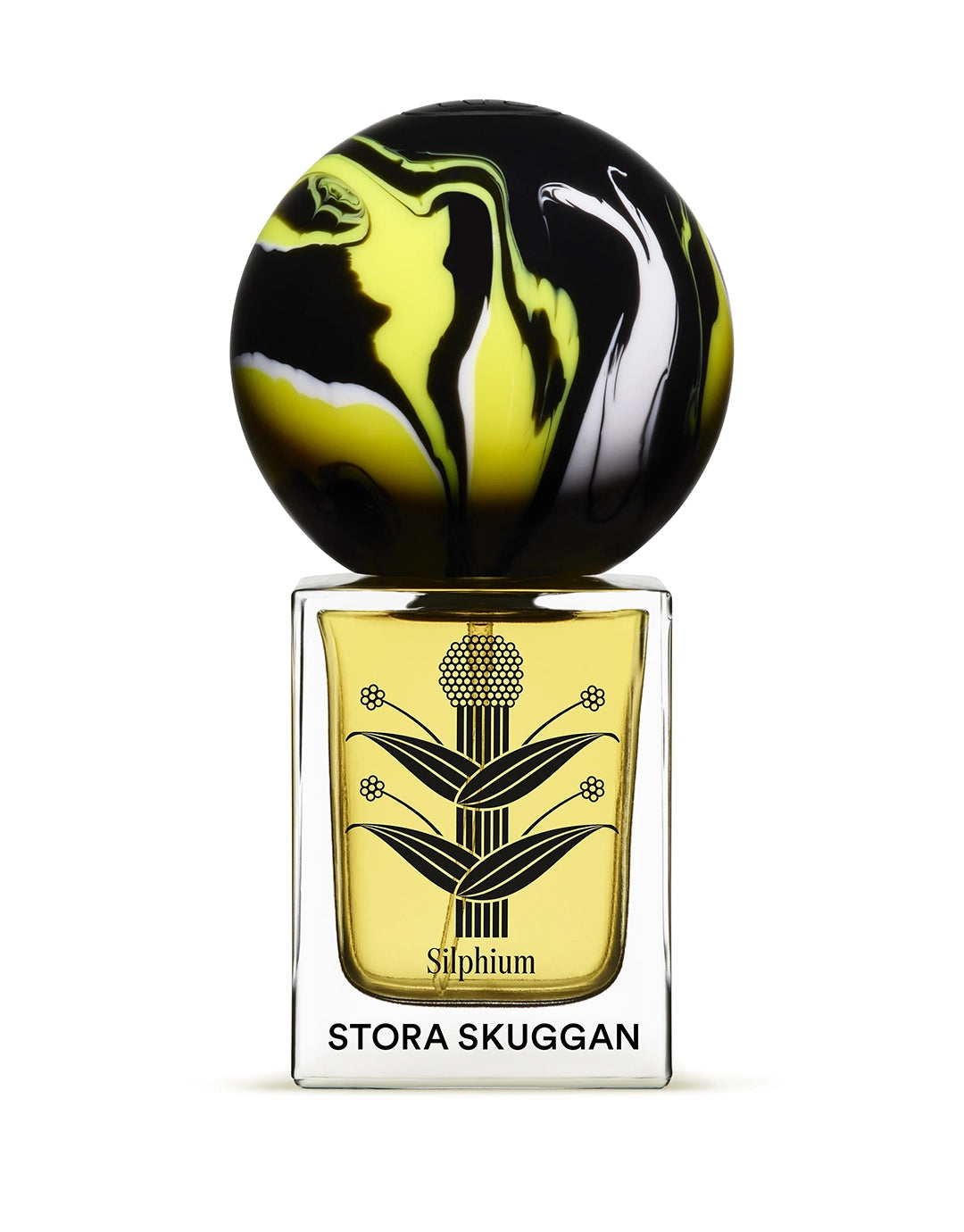
Get Free Delivery on Orders Over $50
Flexible returns
“Even if one just tastes it, at once arouses a humour throughout the body and has a very healthy aroma.”
— Pedanius Dioscorides, around year 70 BC
Silphium (probably of the genus Ferula) was a plant that grew in the area of Cyrene, present-day Libya, and was widely renowned as a spice, medicinal herb, and perfume ingredient throughout the empires of classical antiquity. It was praised by Greek philosophers and writers, as well as Roman emperors and cookbook authors.
There were many attempts to cultivate Silphium, but they inevitably failed. It would only grow wild in a limited area of the North African coast. This, in combination with its qualities as seasoning and medicine, made Silphium the most valuable spice in the world — outshining both saffron and cinnamon. The demand for Silphium eventually became so overwhelming that it was harvested to extinction, and the taste and smell of the once greatest spice in the world were lost in time.
Our rendition of this historical plant is created by researching surviving assumed relatives of Silphium, using aromachemicals — the molecular building blocks of scents — to create an accord that we feel represents what descriptions remain. This is set against a background of ancient incense, woods, and leather.
Notes
Top: Silphium Accord, Cistus
Mid: Cinnamon, Tobacco, Geranium, Black Pepper, Ginger, Clove
Base: Frankincense, Cedarwood, Myrrh, Leather
Ingredients
Alcohol Denat., Parfum, Aqua, Benzyl Salicylate, Citronellol, Geraniol, Limonene, Linalool, Eugenol, Citral, Hydroxycitronellal, Isoeugenol, Benzyl Benzoate
Safety
Cosmetic product for external use only. Not to be ingested.
Use only as directed. Highly flammable — keep away from heat, flame, and other ignition sources.
Avoid eye contact — causes severe eye irritation. May cause allergic skin reaction.
Intentional misuse by deliberately concentrating and inhaling the contents can be harmful or fatal.
Do not smoke. Keep out of reach of children. Store cool and out of direct sunlight.



